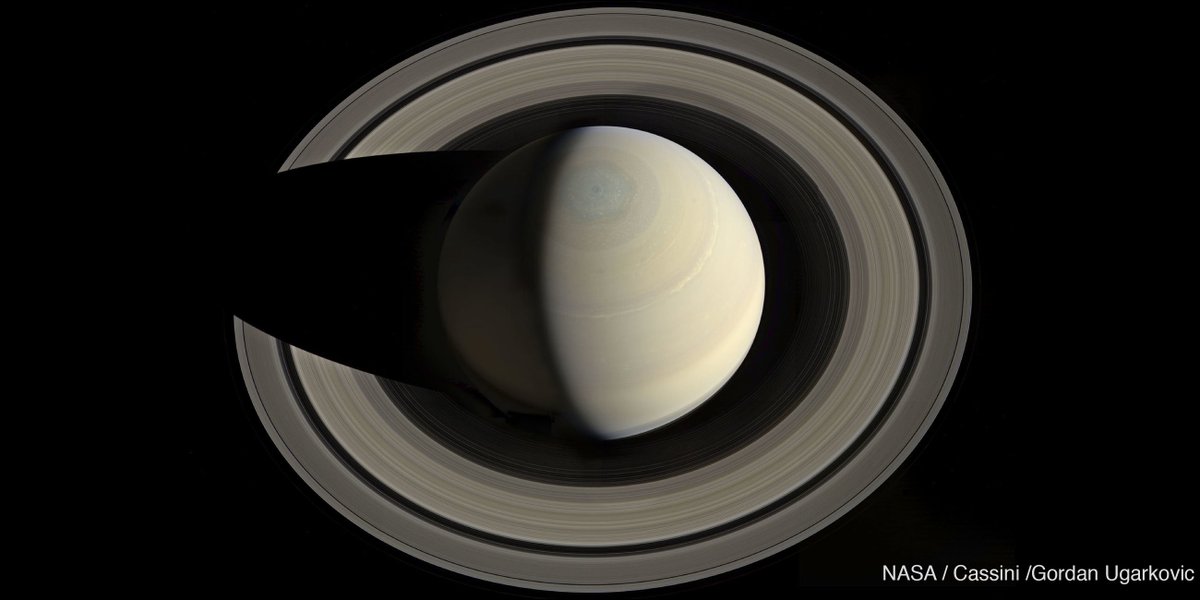Why are Saturn's rings disappearing?
An animated thread!
We published our work Dec 17, 2018. Full press release / full video: https://www.nasa.gov/press-release/goddard/2018/ring-rain.
BEGIN!
An animated thread!
We published our work Dec 17, 2018. Full press release / full video: https://www.nasa.gov/press-release/goddard/2018/ring-rain.
BEGIN!
Saturn's rings cover a surface area 80 times the size of Earth, but are only 15 m thick (50 ft). Earth's Moon is 5000 times more massive than the rings - they're VERY light! They're made of over 95% water, suspended in an icy, fragmented state.
Credit: NASA / James O’Donoghue
Tiny, icy dust gets electrically charged by ultraviolet light from the Sun or by plasma clouds emanating from micrometeoroid bombardment of the rings.
Credit: NASA / James O'Donoghue
Credit: NASA / James O'Donoghue
Saturn's magnetic field, shown as lines, attracts the electrically-charged icy dust. In some parts of the rings, gravity is able to take hold, pulling the grains towards the planet *along* these field lines.
Credit: NASA / James O'Donoghue
Credit: NASA / James O'Donoghue
Saturn's rings pour into the planet in a process is called "Ring Rain" (has a 'ring' to it, right?). As they enter, they leave the coldness of space and get heated by Saturn's atmosphere until they... explode (sublimate), going from an ice to a gas! Credit: NASA/ James O'Donoghue
Our observations revealed glowing bands in Saturn's upper atmosphere, in both the northern and southern hemispheres. We estimated that the amount of material entering is enough to fill an Olympic swimming pool every 25minutes (2000kg/second)!
Credit: NASA/ James O’Donoghue
Credit: NASA/ James O’Donoghue
From this alone the ring system will be gone in under 300 million years, but add the Cassini-spacecraft measured ring-material detected falling into Saturn’s equator, and the rings have under 100 million years to live! Eaten from the inside, they may look like this in future

 Read on Twitter
Read on Twitter


